5 Japanese English Bilingual Books For Young Children
Double The Fun—And Learning
Head over to your local library or favorite bookseller to pick up these five fun books that engage young children in both English and Japanese.
The Importance of Reading with Babies and Toddlers
One of the most important ways that caregivers can foster children’s intellectual development is through reading. Although sometimes, it may seem like your tiny humans are more interested in examining books with their teeth rather than their eyes, even newborns can benefit from looking at colorful pictures and hearing the soothing tones of a caregiver reading aloud. Books at any age can spark a lifelong love of learning.
Benefits of bilingual books
Many Japanese children’s books have been translated to English and other languages, and likewise, literature from all across the world is available in Japanese. However, books that display words in two languages, known as dual language or bilingual books, are rarer than single language editions. Bilingual Japanese and English language books for children can:
- Support children’s multilingual language development
- Encourage awareness of the differences between the two languages, including different writing systems
- Build vocabulary
- Promote the equal value or worth of the two languages
- Allow multiple caregivers who speak different languages to read the same book to a child
- Save shelf space and money when only one copy of a favorite book is needed!
Although not necessarily abundant, there are many dual language books available for purchase or library borrowing in Japan. Some are works originally published in other languages that have been translated into Japanese, while others are Japanese in origin that includes English words for the purpose of language learning. There is no single way to find dual language books, but the following phrases can be useful when searching library catalogs or booksellers’ websites:
- 英語でもよめる絵本 (eigo demo yomeru ehon; “picture book to read in English, too”)
- バイリンガル絵本 (bairingaru ehon; “bilingual picture book”)
5 Recommended Bilingual Japanese and English Books for Young Children
The following recommendations offer a range of styles and topics for babies and toddlers who are growing up in both English and Japanese environments.
In the Bath
Japanese title: おふろだーいすき!, ofuro daisuki!
Author: Leslie Patricelli
Translator: おおはま ちひろ, Ōhama Chihiro
Age group: 0-3 years
Splash! Follow the steps of the bathing process with an adorable single-haired toddler in this board book. Expect lots of giggles when taking the cues for counting and tickling. Caregivers will appreciate humorous nods such as the daddy shown drying the floor post-bath. Textured acrylic paintings and brilliant background colors catch little eyes’ attention on each page. The full text is in both English and Japanese (hiragana). Other popular titles from the author Leslie Patricelli are available as dual language books including Potty / おしっこ おしっこ どこでする? (oshikko oshikko doko de suru?), Yummy Yucky / おいしー! べーっ! (oishi! be!), and Nighty Night / ねんねのじかん (nen ne no jikan).
Guess Who?
Japanese title: だーれだ?, dare da?
Author: Guido Van Genechten
Translator: 竹内 要江, Takeuchi Toshie
Age group: 0-3 years
Do you have a fan of peekaboo games? Tickle your little one’s funny bone as the “flapped” pages of this book allow one animal to transform into another. Is that a snake? Now it’s an elephant’s trunk! The book’s pages are made of thick stock, so it’s relatively safe for babies who want to get involved in page-turning. The full text is in both English and Japanese (hiragana). Originally published under the title Wie? in the Netherlands and Belgium.
A Color of His Own
Japanese title:じぶんだけのいろ, jibun dake no iro
Author: Leo Lionni
Translator: 谷川俊太郎, Tanikawa Shuntarō
Age group: 0-5 years
Brilliant watercolor-style illustrations and the repetition of animal shapes capture the interest of the youngest of readers in this classic work. Older children can also engage in the sweet story about a chameleon who learns about identity, resilience, and the power of friendship. The full text is in both English and Japanese (hiragana, except for the word “chameleon” in katakana). The renowned Japanese poet Shuntaro Tanikawa provided the translation, as well as for Lionni’s famous book Swimmy (スイミー, suimī), which is also available as a dual language book.
ABC Train Book
Japanese title: ABCのでんしゃじてん, ABC no densha jiten
Author/Publisher: 視覚デザイン研究所, Shikaku Design Kenkyujo
Age group: 2-7 years
Trains are always a favorite topic for young children. This book is part of a Japanese language series that introduces hiragana, numbers, and the Roman alphabet, alongside all manner of vocabulary words via the wide world of trains. Bold letters crisscrossed with train tracks are featured on each page, with corresponding trains, vocabulary words, and travel-related scenes. For example, “H” is for “Home Liner Shizuoka”, “hat”, and “hobby train.” The book is not fully bilingual as some details of the trains are in Japanese only, but there is a lot of additional English learning material as well. The Japanese text includes hiragana and katakana.
Japanese-English Picture Dictionary
Japanese title: にほんごーえいごなまえずかん, nihongo-eigo name zukan
Author/Publisher: 東京書店, Tokyo Shoten
Age group: 1-7 years
Babies and toddlers learn early on to prompt their caregivers to answer the question “what’s that?” This picture dictionary provides plenty of objects to fuel their curiosity. The single-object illustrations are eye-catching to young children, while older readers can explore more complex pictures. The board book format can hold up to a lot of use. The book also includes a battery-powered stylus device that can be used to play audio pronunciations of the words in English and Japanese as well as sound effects for some items. The ambulance and trumpet are sure to be favorites early in the morning! The book’s explanatory text and audio “quiz” functions are available in Japanese only, and the Japanese text includes hiragana and katakana.

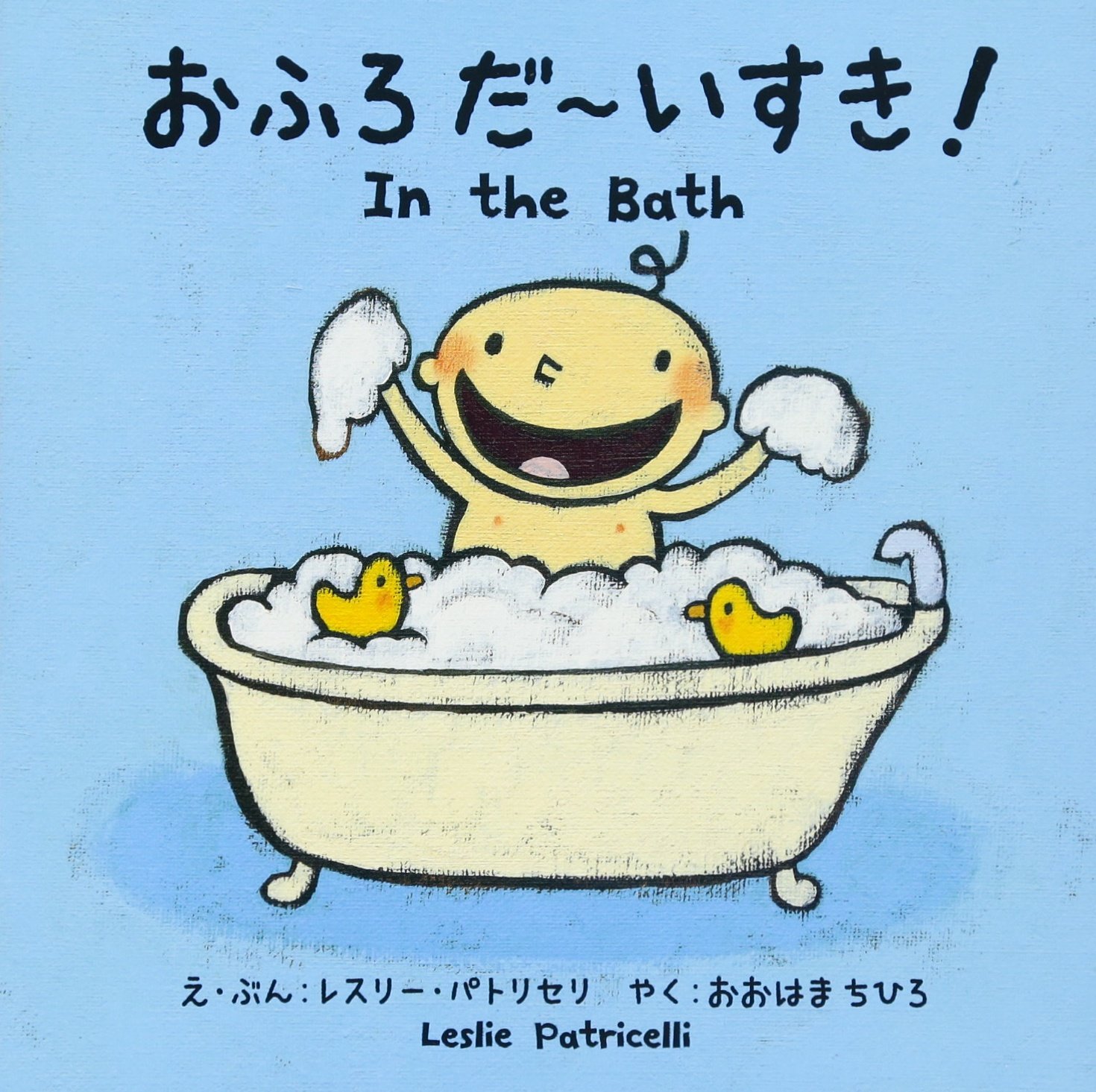
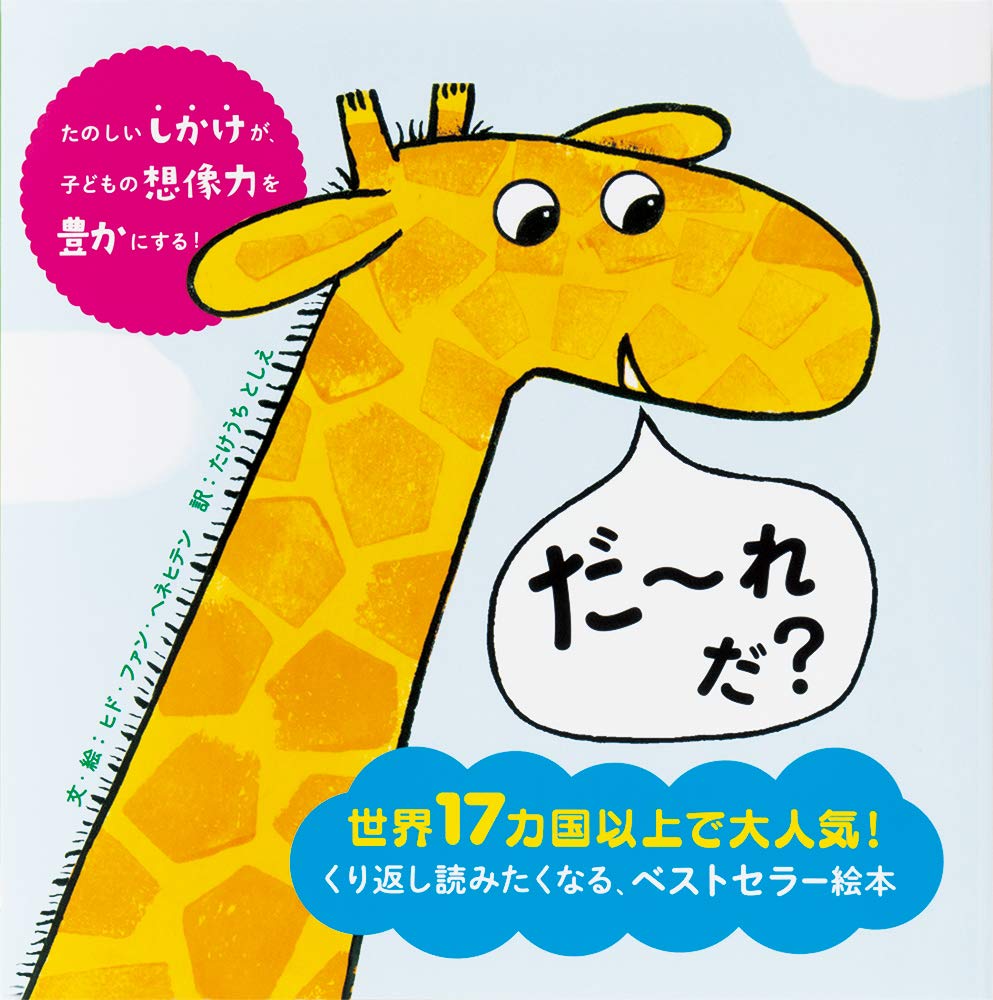

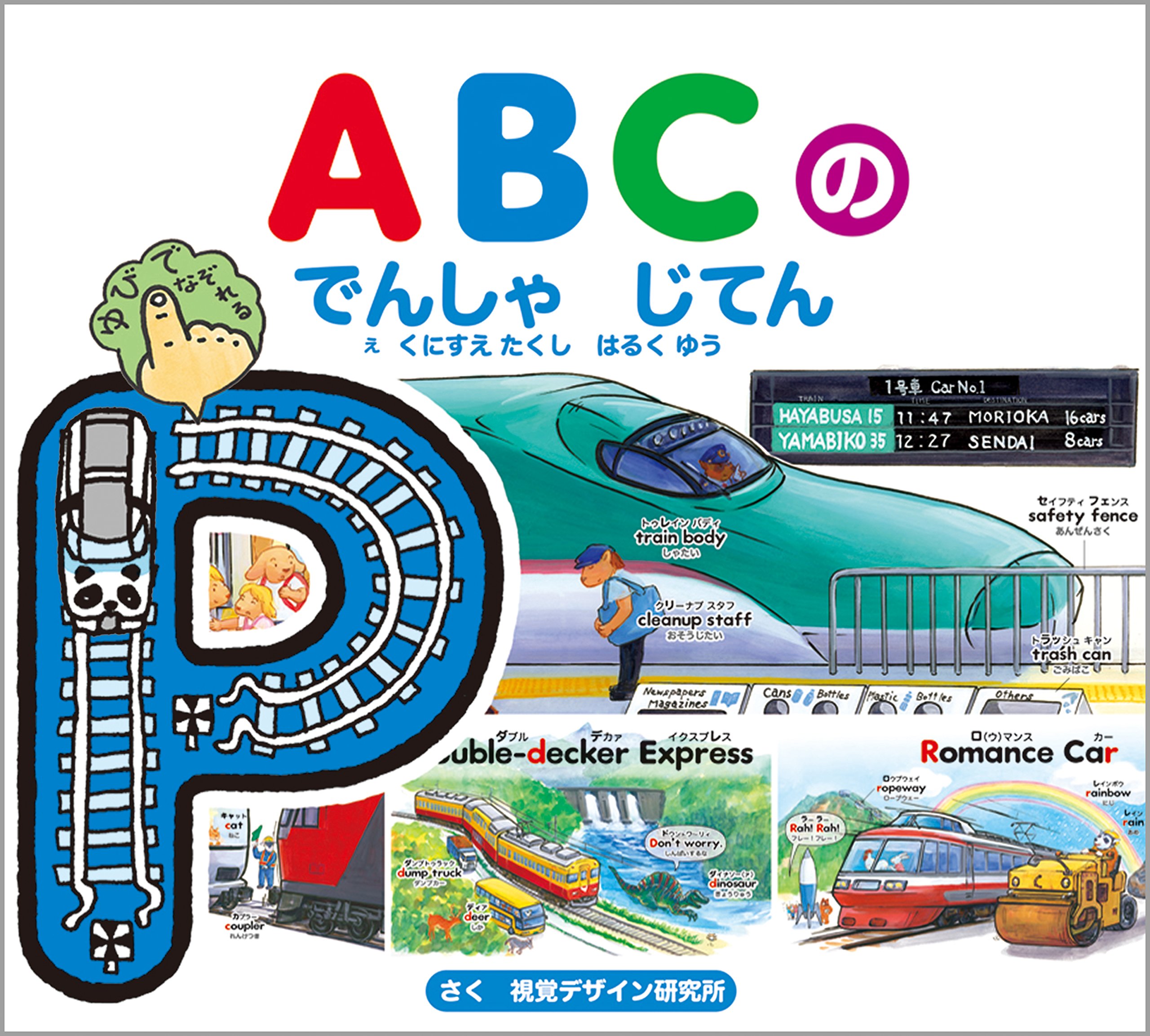
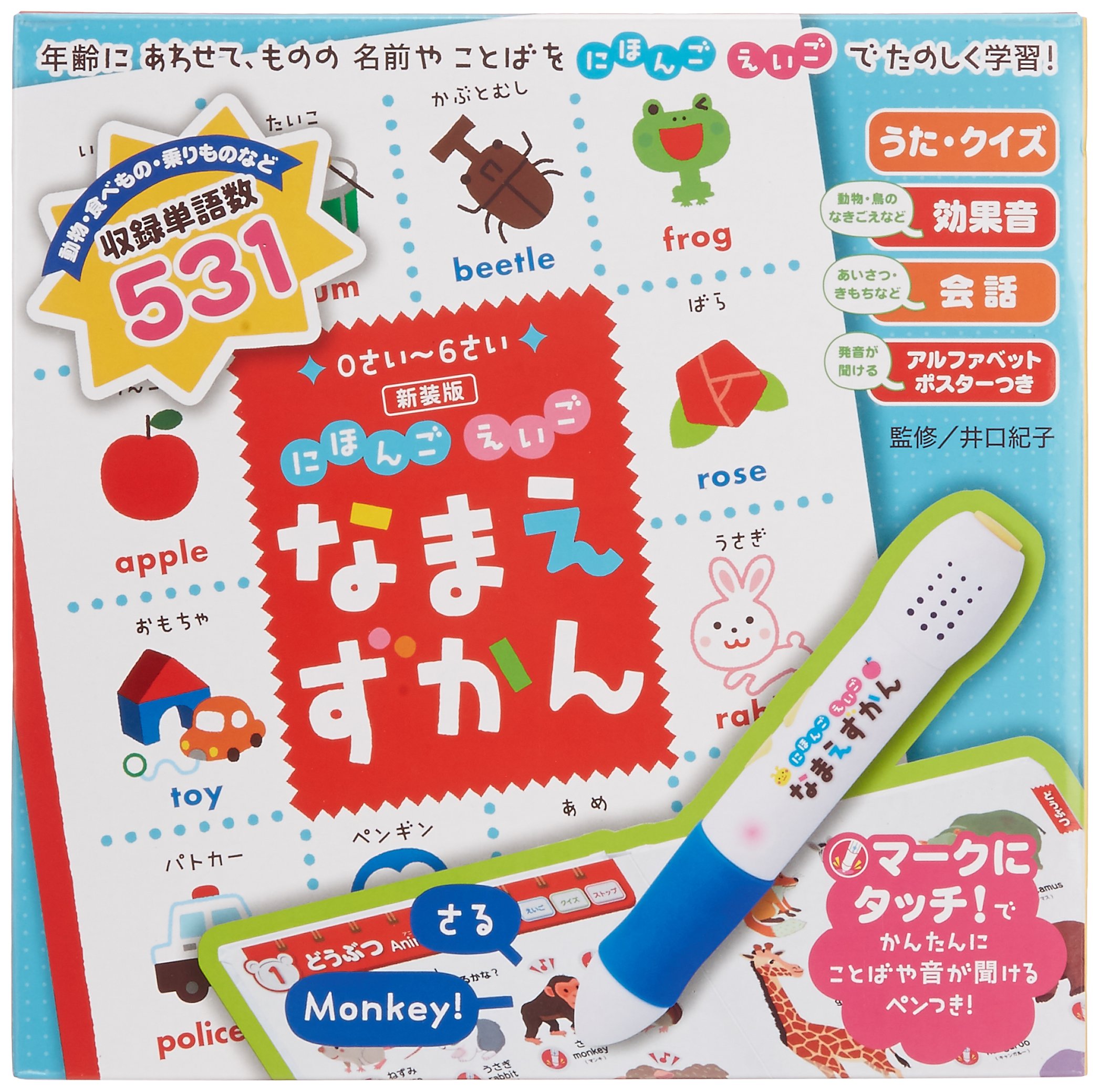

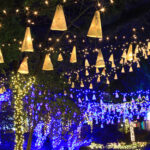
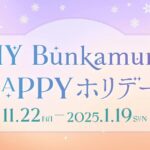
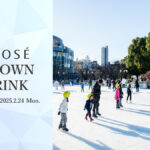
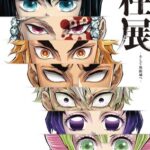






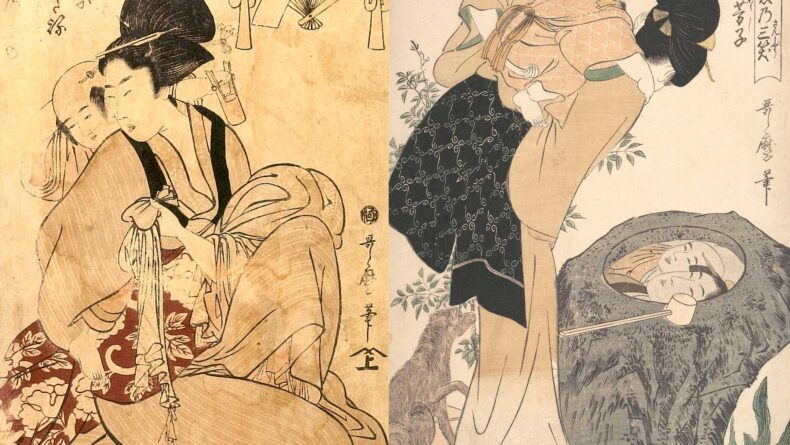
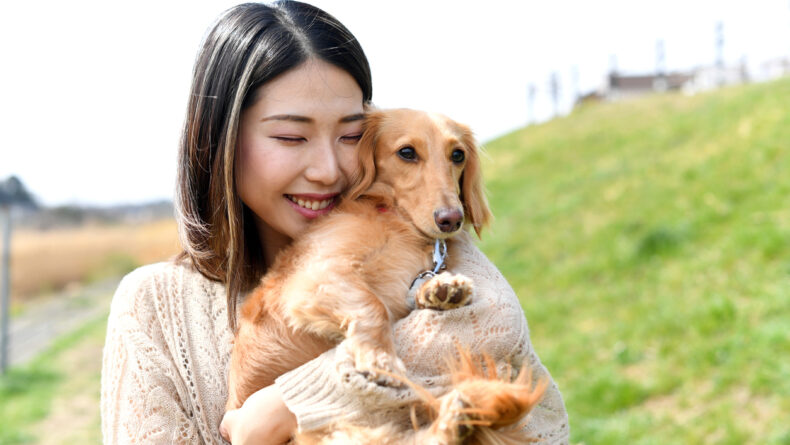
Leave a Reply